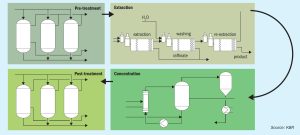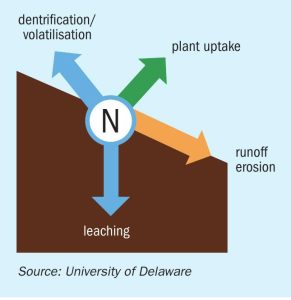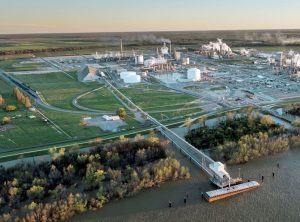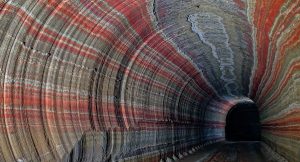
CRU Phosphates 2024
More than 370 delegates from over 150 companies and 40 countries gathered at the Hilton Warsaw City Hotel, Warsaw, Poland, 26-28 February, for CRU’s Phosphates 2024 conference.

More than 370 delegates from over 150 companies and 40 countries gathered at the Hilton Warsaw City Hotel, Warsaw, Poland, 26-28 February, for CRU’s Phosphates 2024 conference.

KBR designs and builds customised phosphoric acid purification plants tailored to the individual demands of clients. Christopher Heikkilä, KBR’s Business Development Manager, outlines the process design requirements and the challenges associated with impurities removal.

RNZ Group is positioning itself as the most innovative and sustainable fertilizer producer in the UAE. In partnership with Shell, the company has been manufacturing sulphur-enhanced fertilizers using Thiogro technology since the end of 2022. Raza Soomar , RNZ’s managing director, provides an overview of the company and highlights recent business successes.

Fertilizers will always be fundamental to food production, but they will also have to be low emissions, environmentally friendly and support healthy soils. In this article, Dr Alexander Schmitt, Chief Marketing Officer, Anglo American Crop Nutrients, explains how polyhalite meets all three of these criteria – while also helping to increase the quantity and quality of food a farmer can produce.

Addressing the ‘leaky’ nature of nitrogen fertilizers is a longstanding priority for growers, fertilizer producers and retailers alike. Dr Karl Wyant, Nutrien’s Director of Agronomy, examines the valuable role enhanced efficiency fertilizers (EEFs) can play in improving nitrogen use efficiency.

More than 900 delegates from 400 companies and 56 countries gathered at the Hilton Downtown Hotel, Miami, Florida, 5-7 February, for the 2024 Fertilizer Latino Americano (FLA) conference. The event was jointly convened by Argus and CRU. We present selected highlights from this year’s three-day conference.

Fertilizer International spoke to Matt O’Leary , the MD of Aquifert, about the state of the water-soluble fertilizer (WSF) market at the 2024 Fertilizer Latino Americano Conference in Miami in February.

The 22nd New AG International Annual event is taking place at the Estrel Congress Centre, Berlin, Germany, 9-11 April 2024. Fertilizer International is delighted to be supporting the conference as media partner for the first time.

Mark Brouwer and Jo Eijkenboom of ureaknowhow.com examine the major shifts in global urea production. They also discuss the future of the urea industry and, in particular, how the sector is being affected by the increasing focus on low-carbon ammonia production.

We review potash mining and mineral processing methods. Advances in equipment technology and major project investments are highlighted.